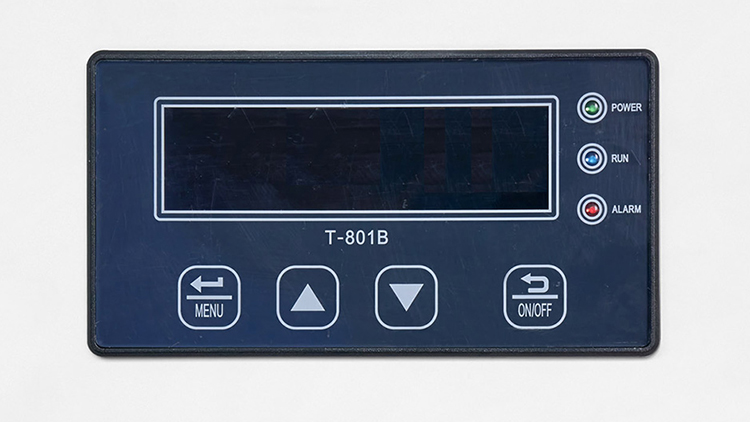If a water chiller is not connected to the signal cable, it can cause temperature control failure, alarm system disruption, higher maintenance costs, and reduced efficiency. To solve this, check hardware connections, configure communication protocols correctly, use emergency backup modes, and maintain regular inspections. Reliable signal communication is crucial for safe and stable operation.
In industrial production, water chillers are critical auxiliary equipment for lasers and other precision systems. However, if a water chiller is not properly connected to the signal cable, it can cause significant operational issues.
First, temperature control failure may occur. Without signal communication, the water chiller cannot accurately regulate temperature, leading to overheating or overcooling of the laser. This can compromise processing precision and even damage core components. Second, alarm and interlock functions are disabled. Critical warning signals cannot be transmitted, causing equipment to continue running under abnormal conditions and increasing the risk of severe damage. Third, the lack of remote control and monitoring requires manual inspections on-site, significantly increasing maintenance costs. Finally, energy efficiency and system stability decline, as the water chiller may run continuously at high power, resulting in higher energy consumption and a shortened service life.

To address these chiller issues, the following measures are recommended:
1. Hardware Inspection
- Check that the signal cable (typically RS485, CAN, or Modbus) is securely connected at both ends (chiller and laser/PLC).
- Inspect connector pins for oxidation or damage.
- Use a multimeter to verify cable continuity. Replace the cable with shielded twisted pair if necessary.
- Ensure communication protocols, baud rates, and device addresses match between the water chiller and the laser.
2. Software Configuration
- Configure the communication settings on the water chiller control panel or upper-level software, including protocol type, slave address, and data frame format.
- Confirm that temperature feedback, start/stop controls, and other signal points are correctly mapped within the PLC/DCS system.
- Use debugging tools such as Modbus Poll to test the water chiller's read/write response.
3. Emergency Measures
- Switch the water chiller to local manual mode if communication is lost.
- Install independent alarm systems as backup safety measures.
4. Long-Term Maintenance
- Perform regular signal cable inspections and communication tests.
- Update firmware as needed.
- Train maintenance personnel to handle communication and system troubleshooting.
The signal cable acts as the "nervous system" for intelligent communication between the water chiller and the laser system. Its reliability directly impacts operational safety and process stability. By systematically inspecting hardware connections, configuring communication protocols correctly, and establishing redundancy in the system design, businesses can effectively minimize the risk of communication interruptions and ensure continuous, stable operation.
We're here for you when you need us.
Please complete the form to contact us, and we'll be happy to help you.
Copyright © 2025 TEYU S&A Chiller - All Rights Reserved.